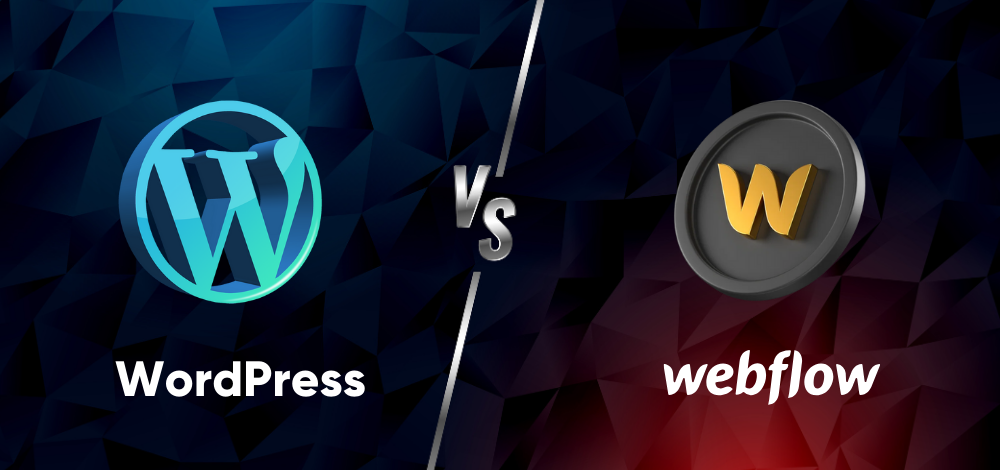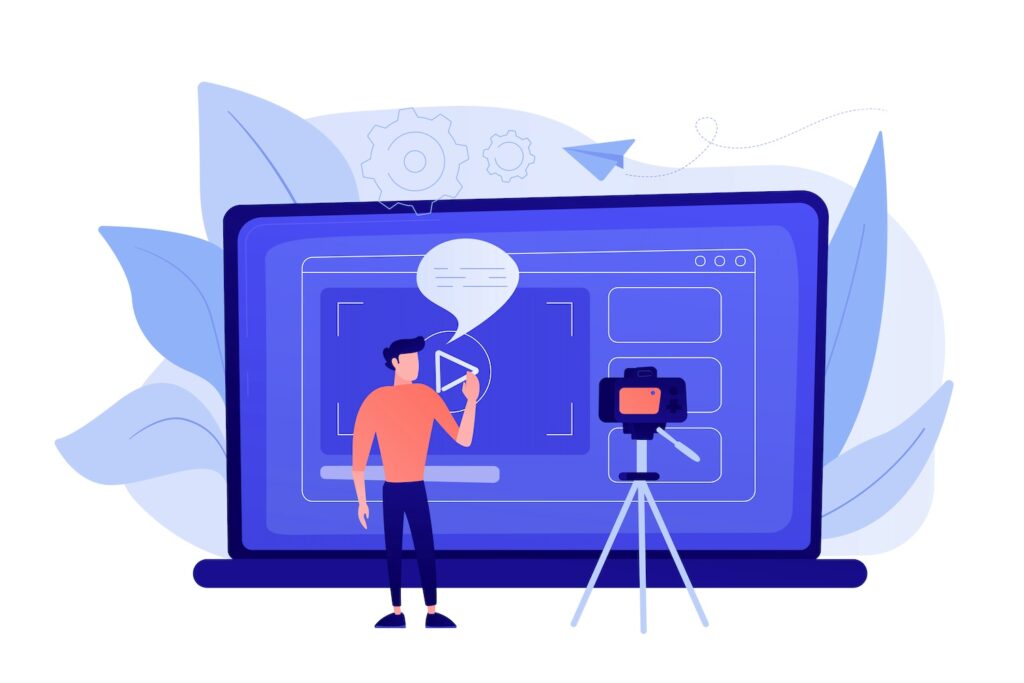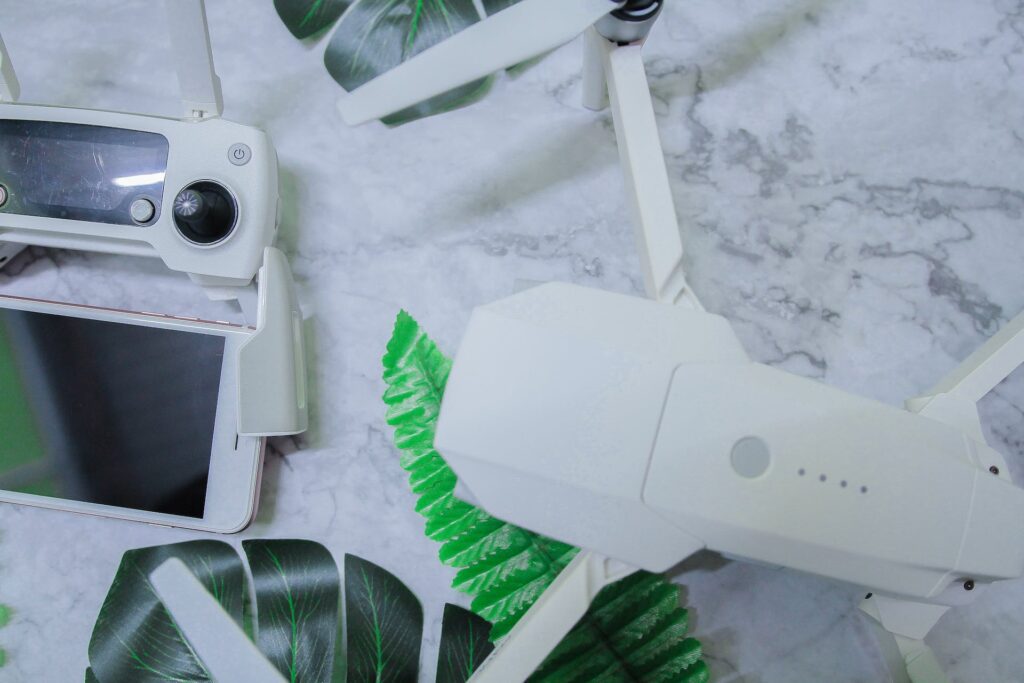
Everything, and everyone, is fast-paced, making it a struggle for many marketing departments to keep up with rapidly changing market trends and audience demands. However, agile marketing is ready to make sure you are not running behind competitors.
The approach’s flexibility will empower you to quickly adapt and respond to boost your marketing strategies. How does it do that?
In this article, you will get the answer to that question and dig deeper into its core values. We will also explore agile marketing methodologies to look out for. Plus, we will dive into how you can deal with the challenges of this iterative approach.
By the end of this read, you will have a full grasp of its fundamentals to help you develop a mindset shift that can transform the way your team operates. With actionable insights, you can guarantee that your marketing strategies stay practical and relevant in 2024.
What Is Agile Marketing & What Are Its Core Values?
As its name suggests, agile marketing is a dynamic approach that transforms traditional methods into an adaptable and fast-paced process. It lets you adjust your strategies actively and respond quickly to market changes.
With the agile framework, your marketing teams can say goodbye to the “set and forget” mindset that can slow your growth goals. This approach also prevents you from setting a course and sticking to it, come what may.
Here are the 5 core values from the Agile Marketing Manifesto to understand it further.
I. Focus On Customer Value & Business Outcomes Over Activity & Outputs
Shift your effort, time, and resources to what matters: your customers and your business’s growth goals.
To have effective marketing programs, your team’s mindset should move away from mindlessly checking off tasks or doing more just to look productive. Instead, make sure that every marketing strategy output (i.e., individual and team tasks) directly contributes to your intended business outcomes or results.
Additionally, set clear goals based on customer needs and business objectives. Then, develop your campaign in stages. Adopt an iterative process and break down your big campaign ideas into smaller, manageable chunks.
Consider that you have to run an email marketing campaign to increase a client’s online course enrollments. Set a specific goal like this:
- Increase sign-ups by 20% in three months.
Then, break down the campaign into stages. Start with an introduction email showcasing the course value, followed by success stories and testimonials, and conclude with a limited-time discount offer to encourage sign-ups.
After each stage, evaluate how it aligns with customer needs and your growth objectives. With this, you can respond and adjust your tactics as needed to provide the most value to your audience and company.
II. Deliver Value Early & Often Over Waiting For Perfection
As a marketing leader, applying the agile approach means keeping your marketing process at a constant pace without being bogged down in pursuit of perfection. Strive to do your best, but do not let that chase be counterproductive. Instead, focus on progress and deliver value when you can.
For instance, as an agile marketing team, aim to streamline the process to get your marketing campaigns live. You can reduce delays without needing dozens of approvals and keep the momentum going. Then, if there is feedback, refine it on the go.
Doing this helps you avoid analysis paralysis — that trap of overthinking every detail. Make iterative improvements to make your team more dynamic and result-oriented.
III. Learn Through Experiments & Data Over Opinions & Conventions
If you are a marketer, the Agile Marketing Manifesto encourages you to try new things based on experiments and data.
Take, for instance, making your website more interactive as part of your digital marketing campaign. Instead of sticking to the traditional playbook, why not experiment with interactive elements like quizzes or games?
To do this, launch an A/B test to monitor user engagement and collect data on how these features perform. With the results, you get data and real-world insights on which version or elements perform the best and boost your conversions.
Then, let your creative teams further innovate and tweak those elements to fine-tune your website before the grand launch.
IV. Cross-Functional Collaboration Over Silos & Hierarchies
This agile marketing value is about project managers and teams from various departments joining forces to share valuable insights and drive process improvements.
For example, if you want to develop a high-performance culture, partner with the HR team. Together, you can improve talent engagement and build a working environment where frequent feedback and open communication are the norms.
Thus, you can have responsive and engaged team members who thrive creatively and are productive.
V. Respond To Change Over Following A Static Plan
While rigid, long-term plans are the bread and butter of traditional marketing, responding to change swiftly is the dynamic shift that comes with the agile process.
To succeed with this agile value, start with backlog refinement. Continuously update your marketing backlog as you glean new insights from previous marketing campaigns or market trends.
Moreover, feel free to remove something from your plan if you know it is not working or is not delivering the expected results anymore. You can better spend your time and resources on other areas of your strategy that will put you ahead of the curve.
Following this discussion, let’s move on to the 3 agile marketing methodologies. Each agile methodology will provide a roadmap to help you navigate marketing with precision and flexibility.
Mastering Agile Marketing: 2 Key Methodologies Transforming The Industry
Agile methodologies are not just frameworks; they provide a structure that lets you be more flexible, responsive, efficient, and creative. Knowing the ideal methodology for you will empower you to drive continuous improvement in your campaigns.
Identify which will work best for you and look out for the different ways you can apply these agile methods.
1. Scrum
This framework encourages you to break big projects into sprints lasting 1 to 4 weeks to maximize your marketing agility. With this, you can adapt at a constant pace seamlessly.
3 Roles Within The Scrum Framework
1.1. Product Owner
This role is typically assigned to senior marketing leaders since they act as the clients’ or stakeholders’ voice within the team. The product owner translates the stakeholders’ needs and expectations into clear objectives.
They guarantee that the team’s efforts are perfectly in sync with what the customer envisions and what will bring the most value to the business. Plus, product owners help make sure the team is doing the right task at the right time.
For instance, let’s say you are a Product Owner for a brand’s Christmas campaign. Your task is to turn the client’s vision of a ‘magical winter wonderland’ theme into reality.
Sit down with stakeholders to absorb their ideas of twinkling lights and cozy, heartwarming gifts. With a clear vision, you can set clear objectives for your team like:
- Design an interactive website feature, like a chatbot.
- Create a captivating social media ad series that encapsulates the holidays’ warmth.
You prioritize tasks to make sure the team develops the ad concepts and then the website feature to align every step with the festive theme.
1.2. Scrum Master
Scrum masters coach the team in adhering to Scrum’s core principles. They help make sure that every aspect of the project aligns with agile practices. Here are the skills to be a productive scrum master:
In addition, they are the group’s problem-solvers. When obstacles pop up, their job involves smoothing out the bumps in the road. For example, the marketing team is working on a project with a shorter timescale, and they hit a snag with a digital tool.
The Scrum Master should fix the issue and maintain continuous attention to the team’s workflow and morale. Doing this helps the team stay on track and focus on delivering their best work.
1.3. Developer/Team
Developers are the doers who turn the strategies and campaigns to life. They execute the tasks and collaborate to become agile marketers who know how to blend creativity with efficiency.
For instance, let’s say you are a developer tasked to launch a social media campaign. You self-organize and collaborate with other developers to tackle the graphic design, write the copy, and analyze the insights post-launch.
4 Meeting Types Under Scrum Methodology
1.4. Sprint Planning
This is where the magic begins for your marketing projects in Scrum. Every project stakeholder dives into the product backlog to identify and decide what to tackle in the upcoming sprint.
More than that, this is where the strategizing starts, namely, how to execute the tasks effectively and efficiently. This is also when you assign who is responsible for what task and outline what they have to do.
Sprint planning meetings can be extensive, so it is best to dedicate at least 1 hour per sprint week. So, for a 2-week sprint, that is at least 2 hours. What is important is that you have plenty of time to align your team’s focus, set clear objectives, and gear up for a productive sprint.
1.5. Daily Scrum Or Daily Standup Meeting
These daily standup meetings let each member share what tasks they completed the previous day and what is on their plate today. Moreover, this is when you can nip a problem in the bud. Let your team share issues slowing them down and swiftly address them.
For example, let’s say the sprint week focuses on tasks to highlight your client’s pet insurance cost-effectiveness. During your daily standups, you mentioned hitting a roadblock yesterday when underscoring the brand’s affordability without compromising perceived value.
Hearing this, a teammate, fresh from reviewing customer feedback and marketing metrics, shares that customers prioritize transparency and value for money. Use these insights to refine your approach and emphasize the low costs and comprehensive coverage your client’s pet insurance provides. With this, you address the target audience’s concerns and needs.
1.6. Sprint Review
These are meetings where your agile team’s efforts come to light. Everyone in the meeting can share what they achieved throughout the sprint. For instance, let’s say you focused on launching a new social media marketing campaign.
Your accomplishment during the sprint? A series of engaging social media posts, increased follower engagement rates, and the analytics to back it up. With this, your team highlights the tasks completed and their impact.
1.7. Sprint Retrospective
In this, your team dives into a retrospective meeting to turn continuous feedback into actionable plans. With this approach, your team goes beyond patting each other’s back for a job well done. It lets you tackle challenges proactively and set the stage for more efficient future sprints.
Take, for example, a recent sprint focused on amplifying SEO efforts for a brand. The innovative use of analytics and keyword strategies significantly increased web traffic. Yet, the conversion rate did not meet expectations.
In your collaborative meeting, a solution emerges. The team will refine the call-to-action (CTA) messages and optimize landing pages for better user engagement. This tactical shift will make promoting the SEO agency more effective and result-oriented.
2. Kanban
For marketing teams that prefer visual cues, Kanban provides you with a board with sticky notes or cards that represent each task. You can move each task in your marketing project across this board to give you a real-time view of progress.
To maximize Kanban agile marketing, here are the 3 main components you need to anchor this methodology.
2.1. Develop Your Visual Workflow
Before anything else, create your visual workflow first. Treat it like a mission control board that you can split into columns like ‘To Do,’ ‘Doing,’ and ‘Done’ to make your iterative campaigns come to life.
You can create more columns to mirror your process if you have more complex marketing projects:
Thus, you can track what is in progress and what is next and identify any bottlenecks. Plus, the whole team will stay informed and aligned since other members can access the boards. You can also use Kanban to make sure everyone is working at a sustainable pace.
2.2. Set Work In Progress (WIP) Limits
In Kanban, these limit the number of tasks in various stages like ‘In Progress’ to make sure everyone concentrates on finishing current tasks before picking up new ones. This prevents overwhelming the team and reduces the risk of low-quality outputs.
For instance, let’s say your task is to write an article to educate readers about the best search fund investors. An article like this requires accuracy and depth, so put a limit in the “In Progress” column to 3 tasks, which are:
- Drafting investor profiles
- Researching investor backgrounds
- Analyzing their investment patterns
With WIP limits, you can only start writing after fully understanding each investor’s strength. Plus, this will stop you from jumping into other article-related tasks like digital asset creation. Without juggling tasks, you can guarantee that your article is informative, engaging, well-structured, and highlights the unique aspects of each search fund investor.
2.3. Kanban Meetings
Meetings breathe life into your agile marketing efforts, albeit in a more fluid format than Scrum. For example, the daily standups will focus on the workflow’s movement across the board instead of individual updates.
The meeting leader can dive into the specifics of the boards if feedback is needed or to keep everyone aligned. Plus, this helps you identify bottlenecks and make quick adjustments. After the project wraps up, the team should gather to provide insights to refine the project process and improve future marketing tasks.
With that, you can choose the ideal methodology to boost your agile marketing approach. But not everything will be perfect, and challenges may come your way. However, there is no need to worry. The following section will help you deal with issues.
3 Agile Marketing Challenges You Need To Look Out For
The agile marketing framework keeps you on your toes. Thus, you will encounter a few hurdles that could sway your course. Be aware of these challenges to guide you in navigating them effectively.
A. Lack Of Clear Vision & Goals
Without well-defined goals and a clear vision, you lose sight of what you strive to achieve. It renders your agile marketing approach futile since no matter how fast you respond, you will only be effective if your efforts are cohesive.
To avoid this, set concrete and measurable goals from the get-go. Consider that you are running an SEO campaign.
Define a specific goal, like increasing organic traffic by 40% over the next quarter. Then, break this down into smaller, manageable tasks like keyword optimization, content creation, and backlink strategy.
Additionally, do regular check-ins and review the campaign’s progress to keep the team aligned and focused. This approach transforms your SEO campaign into a cohesive operation since each action purposefully steers your digital marketing strategies forward.
B. Resistance To Change
Agile marketing practices revolve around being flexible, quick, and responsive — a stark contrast to traditional, rigid marketing methods. For some, a mindset shift is challenging for various reasons, like losing a sense of stability or a daunting learning curve.
So, foster a culture that embraces change to tackle this resistance. Tell them about the benefits of agile practices and show case studies highlighting how they result in more successful and dynamic marketing strategies.
Additionally, provide continuous training and workshops to help them understand and get comfortable with these new agile approaches. When they see the agile marketing process’ positive outcomes, like increased adaptability to market trends and quicker project completion, they will embrace the new mindset.
C. Breakdown In Communication
When communication fails, misalignments and misunderstandings follow closely to prevent your marketing functions and deliverables from moving forward. So, treat communication as the glue that holds everything and everyone together through the success path.
How do you prevent communication breakdowns?
Conduct regular meetings to prevent issues from getting bigger and keep everyone on the same page. This helps foster an open communication culture that bridges any gaps.
You should also establish clear communication channels. Leverage tools like Slack or Microsoft Teams to keep your cross-functional team connected and on track.
To go further, hire a communications graduate or expert. They can act as a communication hub for your agile marketing department and make sure everyone understands their roles and tasks. Plus, they can relay updates and changes effectively and concisely. With this, the transition to agile marketing becomes smoother.
Conclusion
Today, consumer preferences and the market landscape shift overnight. You need to think on your feet, so agile marketing is the ideal approach to dealing with evolving demands and trends.
To maximize its impact, understand what agile marketing entails to be effective. Through its values and methodologies, you can have a broader view of applying it within your team and staying competitive.
However, be wary of the challenges and continuously review your agile marketing approach. Doing this lets you determine what works and what does not in your process. For instance, is the Kanban methodology working out for you? Is it time to look at Scrum further?
With that, are you ready to transform your marketing team?
Make Noupe a part of your daily routine and stay updated with the latest in business, marketing, and more. With thousands of articles within your reach, you can keep up with competitors and enhance your strategies. Do not wait any longer, and start reading today.
Featured image by Lukas
The post Everything You Need To Know About Agile Marketing In 2024 appeared first on noupe.



